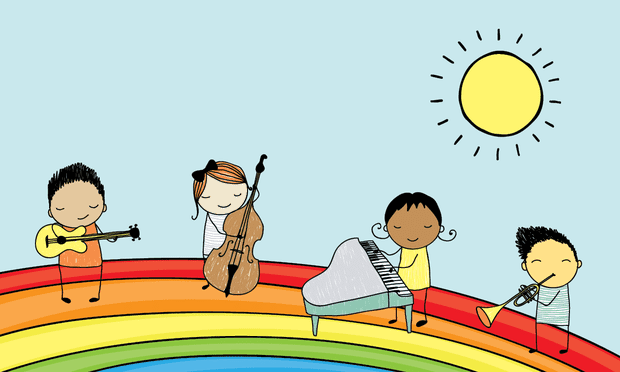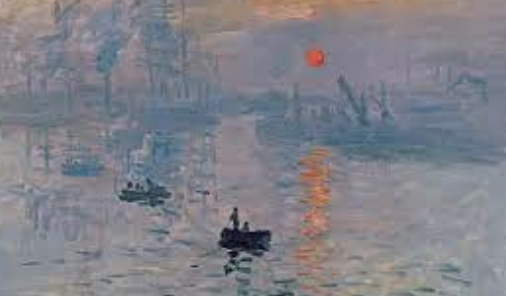Sharing musical thoughts and ideas.
February Area Events
Thursday, January 27, 2022 by Paula Augustine | Uncategorized
February Area Musical Events
Duo Amadeae Piano
Friday, February 11, 2022 7:30 PM, Martin Center Grand Hall
Drs. Esther and Sun-A Park perform as Duo Amadeae onstage together. Tickets are $15 General Admission, $10 Seniors, and students admitted free with ID
Celebrating Black American Composers
Wednesday, February 23, 2022 7:30 PM, Martin Center Recital Hall
Celebrating Black American Composers featuring the ETSU Piano Studio in collaboration with Black American Studies students. This event is free and open to the public. Livestream link for viewing remotely: https://youtu.be/YBx4pYmZmN0
A Grand Night for Singing
February 24, 25, 26 2022 @ 7:30 pm, Milligan University Gregory Center, McGlothlin-Street Auditorium
An evening of music by Broadway's most beloved duo, Rodgers and Hammerstein. Featuring such favorites "How Do You Solve a Problem Like Maria?," "I'm Gonna Wash That Man Right Outa My Hair," "Honeybun," and "Shall We Dance?." A Grand Night for Singing will keep your toes tapping long after you leave. Tickets: $10 + service fee
Grit Series - The Yeti
Thursday, January 20, 2022 by Paula Augustine | Uncategorized
The Yeti

Welcome to the next Grit and Growth Mindset area we will be focusing in the studio. In the Yeti Yetters we are understanding the power of the word "yet".
A conversation in a lesson may go a little like this:
Teacher: "How did 'The Castle' go this week?"
Student: "I can't play it!"
I hear quite often students saying they cannot play something. They know they can't because when they try to play the sound is not correct. This is a true statement. Many times we encourage by saying, "Yes, you can!" and we try to be positive.
The student doesn't believe the positive statement, they know the honest truth. The secret is to add the word yet to a negative statement. "I can't play it, yet."
This one magic word can single-handedly reframe things students perceive as failures, helping them put mistakes and challenges in the right perspective.
We will be practicing adding the word yet to negative statements in the studio over the next month.
Impressionistic Period
Monday, January 17, 2022 by Paula Augustine | Music History
The Impressionism Period

Go outside, lay on the ground and watch the clouds float by. Or stand on the beach and watch as the waves ebb in and out and watch the sands changing. Impressionism is like this. It isn't something detailed but rather more vague or blurred. There is an air of mystery, magic and wonder that surrounds Impressionistic music.
The painting is by Claude Monet, Sunrise. We are seeing a shoreline from a distance, blurry. We can feel the coolness of morning and maybe the story of those out on the water can unfold, just like the sun unfolds anew day. Art and music shared this Impressionism time period. It came out of the French area of Europe. It began around 1870 and ended after 1910. This time period is also shared with the Romantic and the 20th century time periods, overlapping them.
When we take clay and press a coin into it we can see the outline of the coin in the clay or its impression. This is where the word for the Impressionism period comes from. When we go to a party and feel the joy and fun in the room we might say the room has a fun atmosphere. The music and art of this time wanted to impress in our minds a picture or feeling or the atmosphere of the mood.
During this time composers would also use instruments in different ways such as the flute and clarinet playing low darker sounds or the horns being muted with a mute or a hand. Composers did not compose songs with an even rhythm. The rhythm changes although there is a written rhythmic style to follow.
We will look at the two most prominent composers of this time, Claude Debussy and Marice Ravel.

